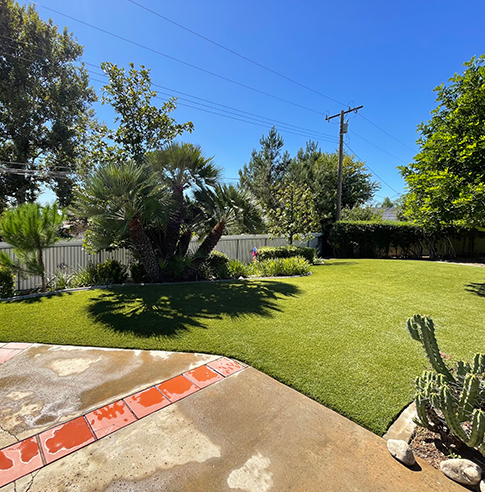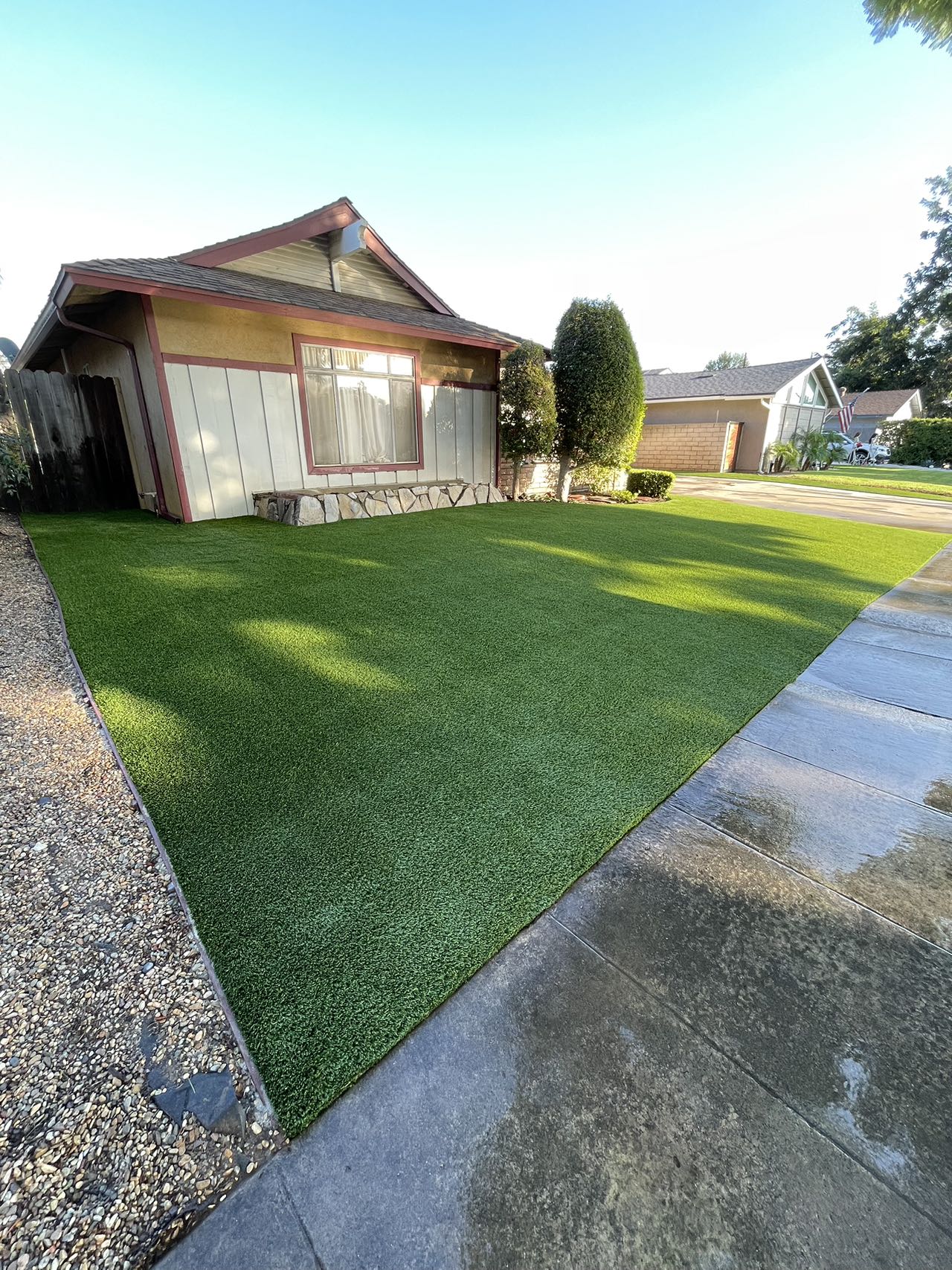Artificial turf in California offers an excellent alternative to natural grass, particularly in regions that experience all four seasons. It retains its lush appearance even after heavy spring showers, endures the scorching summer heat, and remains vibrant under the fall foliage. With the right preparation and maintenance, it can also withstand the challenges of the harshest winter conditions.

Here's a comprehensive guide on how to prepare synthetic turf for the winter season, ensuring it remains in top condition for years to come.
Preparing Synthetic Turf for Winter
While artificial turf requires less maintenance than natural grass, proper upkeep is essential to extend its lifespan, which can be up to 15 years or more. To ensure your synthetic lawn remains pristine and ready for spring, follow these essential winter preparation steps:

Remove Fallen Autumn Debris: Regularly clear leaves, branches, and other natural debris from the surface of your synthetic turf. This prevents the accumulation of rotting debris, solidification, and the growth of bacteria. Leaves and debris left on the turf can also seep into the infill, making it more challenging to clean in the spring. Use a stiff brush, plastic rake, broom, or leaf blower to remove lighter debris, and pick up heavier waste by hand.
Rinse Thoroughly: Hose down your synthetic turf to flush out dirt, residual waste, and other tiny debris from the surface. You can use a mild soap solution to eliminate any unpleasant odors.
Address Stains and Spills: If your synthetic lawn is frequently used by pets or for events, it may have experienced stains and spills. Before winter arrives, use appropriate cleaning solutions to remove odors and waste residues.
Brush Up the Grass Blades: Heavy use and foot traffic can flatten or curl the blades of artificial turf. If left in this state throughout the winter, it can be more challenging to restore them to an upright position in the spring. Brush up the turf blades using a soft- or medium-bristled tool, avoiding brushes with metal bristles, as they can damage the synthetic fibers.
Consult a Synthetic Turf Expert: Schedule a consultation with a synthetic turf expert to inspect your artificial lawn. They can assess its overall condition, the quality of the infill, and any accessories. In areas with heavy snowfall, they will pay special attention to the joints and seams of your installation, ensuring it is secure for the winter season.

Synthetic Turf Maintenance Tips for Winter
Winter maintenance for artificial turf doesn't end with preparations; you must also care for your synthetic lawn throughout the cold months. Here are some upkeep tips to consider:
Avoid Shoveling Snow: Refrain from using shovels to clear snow from your synthetic turf, as this can inadvertently damage the turf. Instead, let the snow melt naturally during the spring and give the area a thorough rinsing.
Use a Tarp: Cover your synthetic turf with a tarp during winter to provide extra protection against the elements.
By following these guidelines, you can ensure your artificial turf in California remains in excellent condition throughout the winter, ready for the warmer months to come.
